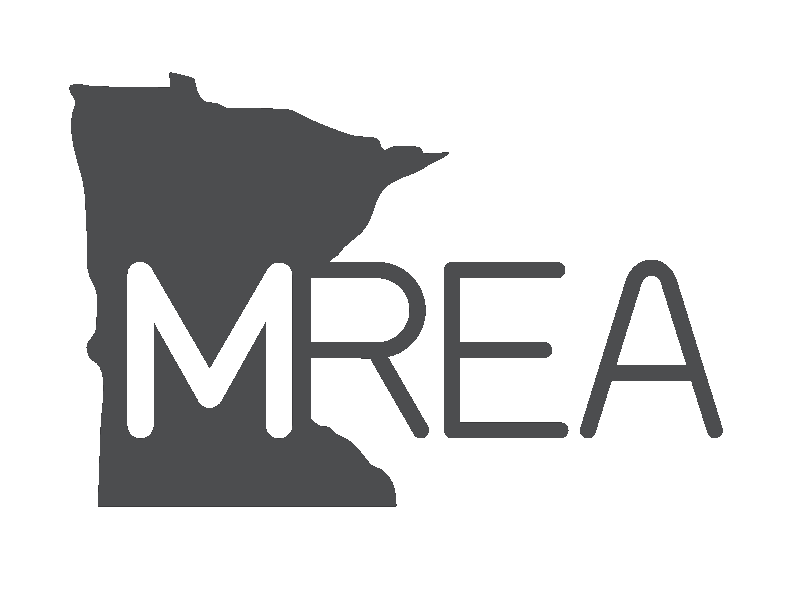Member-driven innovation economically reduces carbon emissions without compromising grid reliability
From increased adoption of electric vehicles to navigating the ongoing transition to cleaner energy, Minnesota’s not-for-profit electric cooperatives offer innovative energy programs to member-owners. In a time of remarkable industry change, Lake Region Electric Cooperative (LREC) hosted an open forum for its member-owners this past Friday, Feb. 18.
Electric cooperatives across the state are increasingly incorporating clean energy into their energy mix and creating programs to electrify end-uses that traditionally use fossil fuels, like electric vehicles. Beneficial electrification increases energy efficiency, saves consumers money, and reduces pollution as the electric sector continues to decarbonize.
“The clean energy transition is happening, and we want to be a part of it,” says Tim Thompson, CEO of LREC. “We’re asking ourselves, as the power supply becomes cleaner, what opportunities do we have to further electrify our economy and save our members money?”
Utilities face growing consumer expectations for clean energy and member-governed electric cooperatives are responding. Forum speakers addressed these member demands and discussed innovative programs offered by LREC in the context of the increasingly clean energy portfolio of their power supplier, Great River Energy (GRE).
“Great River Energy has undergone a dramatic energy portfolio transformation,” says Jon Brekke, Vice President at GRE. The generation and transmission cooperative remains on track to reduce its carbon dioxide emissions by more than 80% by 2025, achieving Minnesota’s emissions target decades ahead of schedule. Great River Energy plans to more than double its renewables and purchase a greater portion of energy from the Midwest energy market.
Tim Thompson highlighted the 28 demand response programs and pilot programs available to members, including a residential battery storage pilot program that can reduce peak demand. The co-op also boasts a one-of-a-kind wind-solar hybrid project, a single 2.3-megawatt turbine and a 500-kilowatt solar array that uses technology developed by General Electric to economically blend renewable energy into the distribution power grid at a lower cost while enhancing grid reliability.
The wind-solar hybrid project is a result of a collaboration with Dan Juhl, a pioneer in conservation and renewable energy technologies. During the forum, Juhl emphasized that the local, renewable production connected directly to the distribution system was particular to its success.
“Minnesota’s electric cooperatives are self-reliant, cost conscious, and member-focused, which leads to a highly innovative culture. We are leaders in the energy transition, and we’re doing it in a way that doesn’t compromise grid reliability,” says Darrick Moe, CEO of Minnesota Rural Electric Association (MREA).
LREC has had only one rate increase in the last 9 years and its dual fuel rate has not changed since 2008. LREC anticipates rates to remain stable in the foreseeable future, attributing much of this to their focus on members, economical clean energy investments, and Great River Energy’s stable wholesale rates.
###
ABOUT THE MINNESOTA RURAL ELECTRIC ASSOCIATION
The Minnesota Rural Electric Association (MREA) is a nonprofit trade association serving Minnesota’s electric cooperatives. MREA provides legislative and regulatory representation, director and employee education programs, technical training for electric cooperative line workers and serves as the focal point for cooperation among cooperatives. Minnesota’s 44 distribution cooperatives serve about 1.7 million Minnesotans in all 87 counties and operate the largest distribution network in the state with more than 135,000 miles of electric lines.
ABOUT LAKE REGION ELECTRIC COOPERATIVE
Lake Region Electric Cooperative (LREC) is a member-owned, member-controlled electric utility serving more than 28,000 member-consumers in the counties of Otter Tail, Wilkin, Grant, Douglas and Becker. LREC has a strong commitment to its member-consumers who represent all 50 states. To best serve its member-consumers, LREC has 30 substations which power approximately 4,400 miles of overhead lines and approximately 1,200 miles of underground lines. LREC’s service territory is located in west central Minnesota and has 1,000 lakes and a diverse topography.
ABOUT GREAT RIVER ENERGY
Great River Energy, Maple Grove, Minn., is a not-for-profit wholesale electric power cooperative serving the more than 700,000 member-consumers who receive electricity through the 28 member electric cooperatives. Great River Energy is the second largest electric power supplier in Minnesota and one of the largest generation and transmission cooperatives in the country. The organization is on track to meet Minnesota’s goal to reduce carbon dioxide emissions 80% from 2005 levels more than 25 years before the 2050 target.
FOR MORE INFORMATION CONTACT:
Krista Benjamin, krista@mrea.org, 763-424-7235
